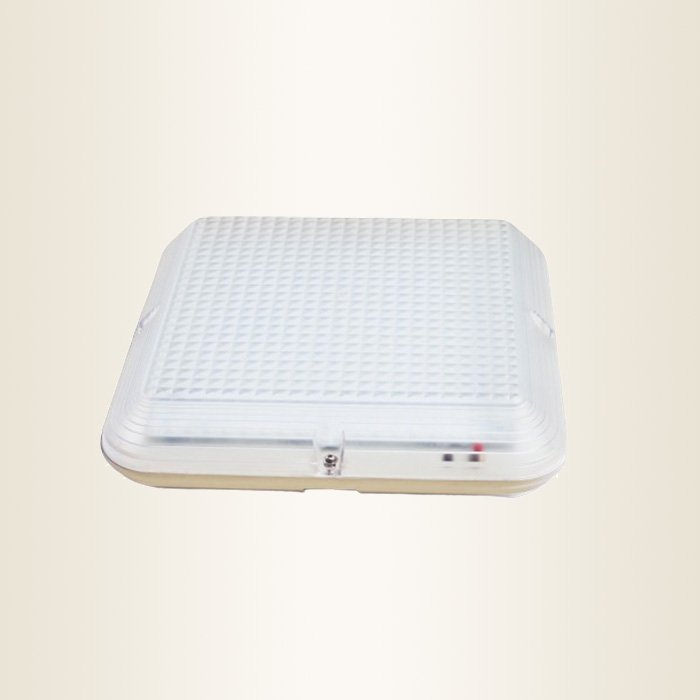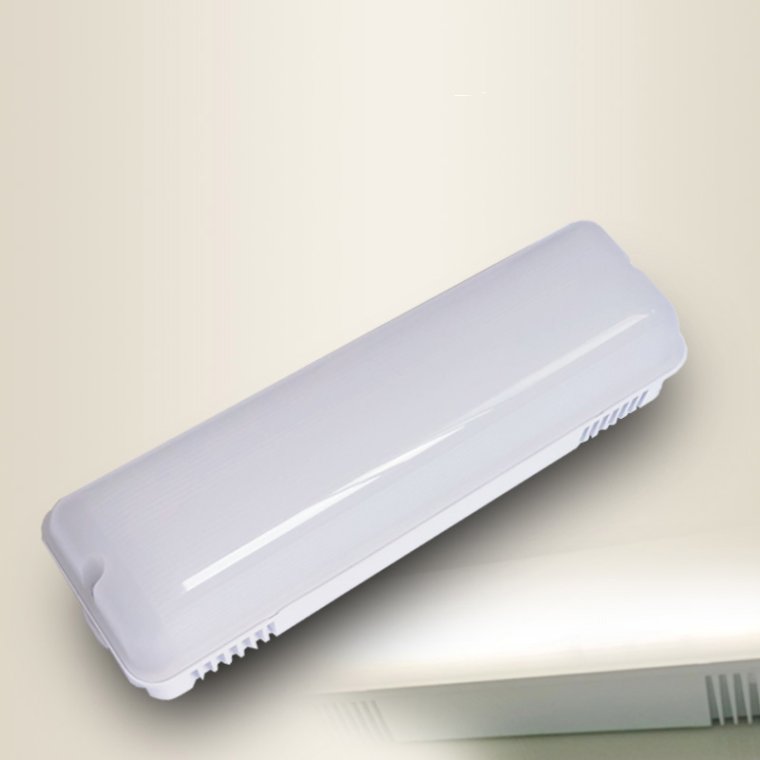Understanding its historical significance can illuminate your perspective. Lighting has evolved from ancient civilizations using fire to modern-day sophisticated LED technology. Your interest in engineering lighting opens doors to a world where innovation meets practicality. Exploring the past helps you appreciate how far we've come and the endless possibilities that lie ahead for creating brighter, more sustainable solutions.
Fundamentals of Lighting Engineering
Basic Principles
Understanding the basic principles is crucial. You need to grasp concepts like color temperature, luminance, and illuminance. These factors determine the quality and effectiveness of lighting.
Lighting design plays a significant role in creating functional and aesthetically pleasing spaces. Proper illumination enhances productivity in workplaces, safety in outdoor areas, and ambiance in residential settings.
Importance in Applications
In various applications, such as architecture, interior design, and urban planning, lighting engineering is indispensable. It influences mood, visibility, and overall user experience. Without proper lighting design, spaces may appear dull or uncomfortable.
-
Pros:
-
Enhances aesthetics
-
Improves safety
-
Boosts energy efficiency
-
Cons:
-
Inadequate lighting can lead to eye strain
-
Poorly designed lighting may create glare issues
Components of Lighting Systems
Key components of lighting systems include light sources (such as LEDs or fluorescent lamps), fixtures (like recessed lights or track lights), controls (dimmer switches or sensors), and wiring for power distribution.

Physics Behind Light
Production and Travel
When light is produced, it travels in waves or particles. These waves move at a speed of about 186,282 miles per second. As light travels through space, it can also be reflected, refracted, or absorbed by different materials.
Electromagnetic Spectrum
The electromagnetic spectrum encompasses all types of electromagnetic radiation, including visible light. This spectrum ranges from high-energy gamma rays to low-energy radio waves. Visible light falls within a small portion of this spectrum.
Properties of Light Waves and Particles
Light exhibits properties of both waves and particles, known as wave-particle duality. Light waves can interfere with each other, exhibiting phenomena like diffraction and interference patterns. At the same time, individual particles of light called photons carry energy and momentum.
Key Lighting Technologies
LED Technology
You benefit from its energy efficiency and long lifespan. LEDs use less power than traditional bulbs and can last up to 25 times longer.
Fluorescent Lighting
Fluorescent lights, while not as efficient as LEDs, are still more energy-efficient than incandescent bulbs. They last around 10 times longer than incandescent options.
Incandescent Bulbs
Incandescent bulbs are the least efficient of the three types mentioned here. They have a shorter lifespan compared to LEDs and fluorescents but are often more affordable.
Advancements in Lighting Technology
Innovations like smart bulbs allow you to control your lighting remotely through your smartphone or voice commands. On the other hand, color-changing LEDs offer versatility in creating different moods with just a tap on an app.

Design Concepts in Lighting
Principles of Lighting Design
When designing lighting, consider factors like brightness to ensure adequate illumination for tasks and color temperature for the desired ambiance. Understanding light distribution is crucial for an even and well-lit space.
To achieve a balanced lighting design, aim for a mix of ambient, task, and accent lighting. This combination enhances functionality while creating a visually appealing environment.
Creating Ambiance through Lighting Design
Adjusting the intensity and color of light can transform the mood of a room. Soft warm tones promote relaxation, while cool white lights are energizing. Experiment with different lighting designs to set the right atmosphere.
By strategically placing fixtures to highlight architectural features or focal points, you can create depth and visual interest in your space. Incorporating dimmers allows you to control brightness levels based on activities or time of day.
Tips for Residential and Commercial Spaces
In residential settings, focus on layering light sources such as overhead fixtures, lamps, and sconces to cater to various needs like reading or entertaining guests. For commercial spaces, prioritize functionality by ensuring adequate illumination for work areas and emphasizing energy efficiency in your lighting project.
Consider incorporating smart lighting systems that offer flexibility in adjusting light levels remotely. Utilize movement range sensors in areas with varying occupancy to optimize energy usage effectively.
Lighting Applications Across Industries
Architecture
Architectural lighting plays a crucial role in enhancing the aesthetics and functionality of buildings. You can see how products like LED lights are used to highlight architectural features, create ambiance, and improve energy efficiency. In this sector, lighting design must consider factors such as building layout, materials used, and desired atmosphere.
Automotive
In the automotive industry, lighting is not just about illumination but also safety and design. You may notice how headlights, taillights, and interior lighting contribute to visibility on the road while also adding style to vehicles. LED technology has revolutionized automotive lighting with its durability and energy efficiency.
Entertainment
Entertainment venues rely heavily on dynamic lighting to create immersive experiences for audiences. From theaters to concert halls, you can observe how stage lighting enhances performances by setting moods or directing attention. Lighting control systems allow for precise adjustments during live events.
Healthcare
In healthcare facilities, lighting serves both practical and therapeutic purposes. Proper lighting design can aid in patient recovery, reduce stress levels among staff and patients alike. Hospitals utilize specialized products, such as circadian rhythm lights that mimic natural daylight to promote healing.

Trends in Engineering Lighting
Energy Efficiency
You can embrace LED technology. LEDs consume less energy, last longer, and provide better light quality. By upgrading to LEDs, you not only reduce energy consumption but also lower maintenance costs.
IoT Integration
Incorporating IoT and automation in lighting systems allows for smart control and monitoring. With IoT sensors, your lights adjust based on occupancy or natural light levels. This integration enhances energy savings and creates a more comfortable environment.
Emerging Trends
Embrace circadian lighting to mimic natural light patterns throughout the day for improved well-being and productivity. Focus on human-centric design by considering factors like color temperature and brightness to enhance user experience across various settings.
Sustainable Lighting Practices
Energy Efficiency
Prioritizing energy efficiency is crucial. By using energy-efficient lighting solutions, you can significantly reduce your electricity consumption and lower utility bills.
Implementing LED bulbs and fixtures in your engineering projects can lead to substantial energy savings. These LED lights consume less power while providing bright illumination, making them a cost-effective option for long-term use.
Light Pollution Reduction
Reducing light pollution is another essential aspect of sustainable lighting practices. Excessive outdoor lighting not only wastes energy but also disrupts ecosystems and affects human health negatively.
To minimize light pollution, consider using directional lighting fixtures that focus illumination where it's needed most. Installing motion sensors or timers can help regulate when lights are in use, further reducing unnecessary light emissions.
Eco-Friendly Certifications
When selecting lighting solutions for your engineering projects, look for products certified by organizations like the DesignLights Consortium (DLC) or ENERGY STAR. These certifications ensure that the products meet specific standards for energy efficiency and environmental impact reduction.
Smart Lighting Systems and Innovations
Energy Efficiency
They are designed to optimize energy consumption based on your presence in a room. These systems use sensors to detect movement, automatically turning lights off when no one is around.
Smart lighting can significantly reduce your electricity bills by ensuring that lights are only used when necessary. With the ability to customize schedules and brightness levels, you have full control over your energy usage.
Customization Options
Smart lighting innovations offer a wide range of customization options, allowing you to create the perfect ambiance for any occasion. You can adjust the color temperature, brightness, and even set different lighting scenes with just a few taps on your mobile app.
With customizable features, you can easily transform your living space into a cozy reading nook or a vibrant party setting. The flexibility provided by smart lighting systems enhances the overall comfort and functionality of your home.
Voice Control Integration
The integration of voice control technology in smart lighting solutions adds convenience and ease to your daily life. By simply using voice commands, you can adjust the lights without lifting a finger. This hands-free operation enhances accessibility for individuals with mobility issues or those looking for added convenience in their homes.
Voice-controlled smart lighting also offers an interactive experience, making it fun and engaging for users of all ages. The seamless integration of technology into everyday tasks simplifies your routines while adding a touch of modernity to your living space.

Closing Thoughts
You've now delved into the world of engineering lighting, from its fundamental principles to cutting-edge innovations. Understanding the physics, technologies, design concepts, applications, trends, sustainability, and smart systems in lighting engineering equips you with a holistic view of this dynamic field. By embracing sustainable practices and staying updated on emerging trends, you can contribute to creating more efficient and environmentally friendly lighting solutions across various industries.
As you continue your journey in engineering lighting, remember to explore new possibilities, experiment with innovative technologies, and strive for eco-conscious designs. Your expertise and creativity hold the power to shape the future of lighting engineering positively. Stay curious, stay informed, and keep illuminating the path towards a brighter and more sustainable tomorrow.
Frequently Asked Questions
What are the key principles of lighting engineering?
Lighting engineering principles focus on efficient light distribution, energy conservation, and creating optimal lighting conditions for various spaces. Engineers consider factors like color temperature, brightness levels, and sustainability when designing lighting systems.
How does understanding the physics behind light impact lighting design?
Understanding light physics is crucial in determining how different materials interact with light sources. This knowledge helps in selecting appropriate fixtures, optimizing light output, and creating desired atmospheres through reflections, refractions, and diffusions.
What are some sustainable lighting practices to consider?
Sustainable lighting practices include using energy-efficient LED bulbs, incorporating natural daylight where possible, implementing motion sensors for automatic control, and recycling old lighting components responsibly. These practices not only reduce energy consumption but also contribute to environmental conservation.
How do smart lighting systems revolutionize traditional lighting setups?
Smart lighting systems offer remote control capabilities, customization of brightness levels and colors, integration with smart home devices for automation, and energy monitoring features. By providing flexibility and efficiency in managing illumination settings, they enhance convenience while reducing energy costs.
In what ways do trends influence advancements in engineering lighting?
Trends drive innovations such as human-centric lighting designs that prioritize health and well-being by mimicking natural daylight cycles. Advancements like Li-Fi technology utilizing light for data transmission showcase how trends shape the evolution of engineering solutions in the field of lighting.